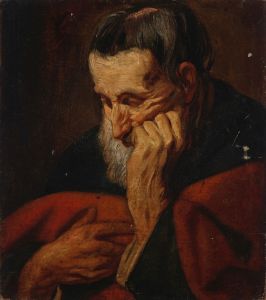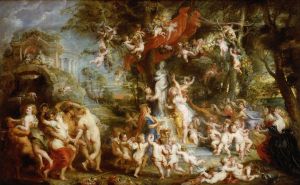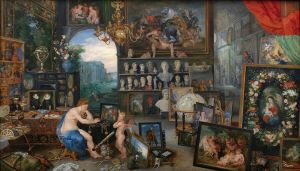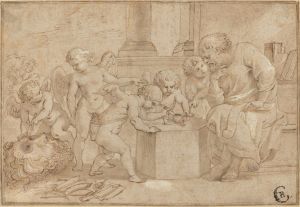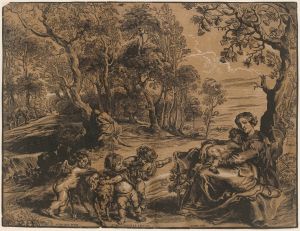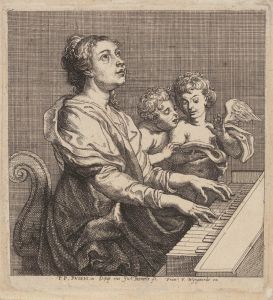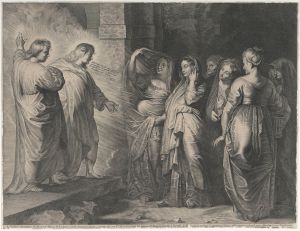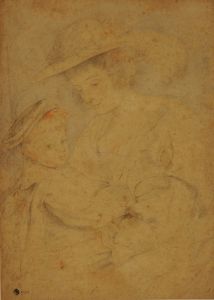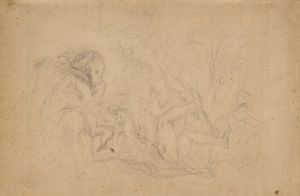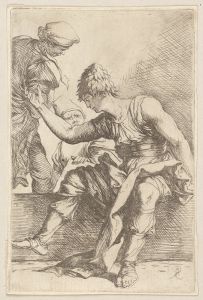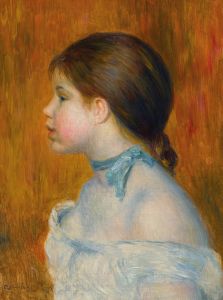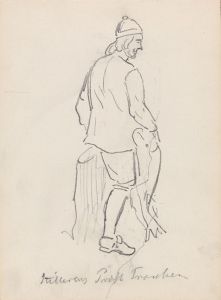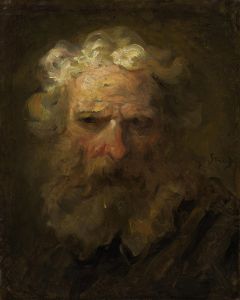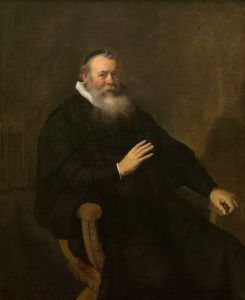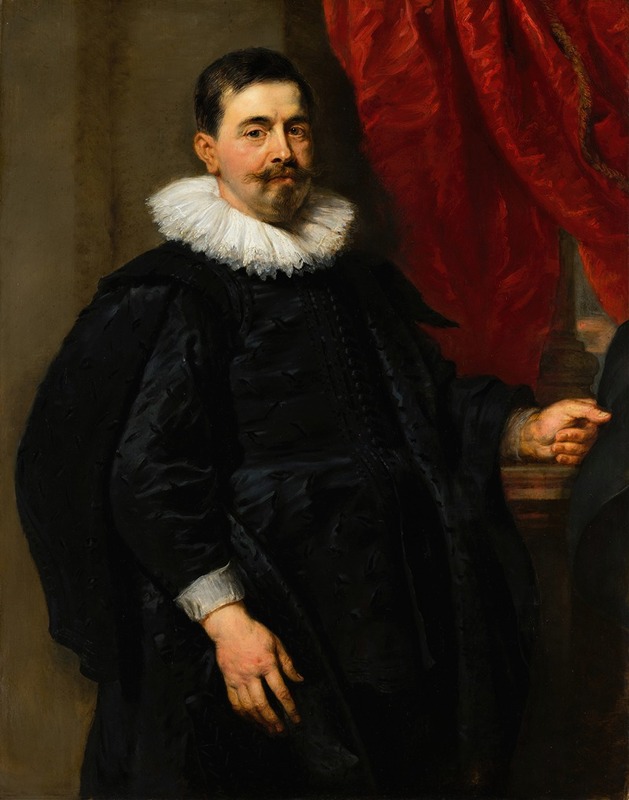
Portrait of a Man,possibly Peter van Hecke
A hand-painted replica of Peter Paul Rubens’s masterpiece Portrait of a Man,possibly Peter van Hecke, meticulously crafted by professional artists to capture the true essence of the original. Each piece is created with museum-quality canvas and rare mineral pigments, carefully painted by experienced artists with delicate brushstrokes and rich, layered colors to perfectly recreate the texture of the original artwork. Unlike machine-printed reproductions, this hand-painted version brings the painting to life, infused with the artist’s emotions and skill in every stroke. Whether for personal collection or home decoration, it instantly elevates the artistic atmosphere of any space.
"Portrait of a Man, possibly Peter van Hecke" is an oil painting by the renowned Flemish artist Peter Paul Rubens. Created in the early 17th century, this work exemplifies Rubens' mastery in portraiture, showcasing his ability to capture the essence and character of his subjects with remarkable skill and sensitivity.
Peter Paul Rubens (1577–1640) was a prolific Baroque painter whose works are celebrated for their vibrant energy, rich color palette, and dynamic compositions. He was a leading figure in the Flemish Baroque tradition and his influence extended across Europe, impacting artists for generations. Rubens was not only a painter but also a diplomat and scholar, which allowed him to travel extensively and gain a wide array of influences that he incorporated into his art.
The painting in question, "Portrait of a Man, possibly Peter van Hecke," is a testament to Rubens' expertise in rendering the human form and his keen eye for detail. The identity of the sitter is not definitively known, but the title suggests a possible identification with Peter van Hecke, a figure about whom little is documented in historical records. This uncertainty is not uncommon in art history, where many portraits from this period have unidentified or speculative sitters.
In this portrait, Rubens employs his characteristic use of chiaroscuro, a technique that contrasts light and shadow to create a sense of volume and three-dimensionality. The subject is depicted with a dignified and introspective expression, dressed in attire that reflects the fashion of the time. The background is typically subdued, allowing the viewer's focus to remain on the sitter's face and expression.
Rubens' portraits are known for their psychological depth, and this work is no exception. The artist's ability to convey the inner life of his subjects is evident in the subtle details of the man's expression and posture. The painting's composition and execution reflect Rubens' deep understanding of human anatomy and his ability to infuse his works with a sense of vitality and presence.
The painting is part of Rubens' extensive body of work, which includes religious scenes, mythological subjects, and numerous portraits of the European elite. His portraits often served not only as personal likenesses but also as representations of the social status and character of the individuals depicted.
"Portrait of a Man, possibly Peter van Hecke" is housed in a collection that appreciates the historical and artistic significance of Rubens' work. As with many of Rubens' portraits, this painting continues to be studied and admired for its technical brilliance and the insight it provides into the art and culture of the Baroque period.
Rubens' legacy as one of the foremost painters of his time is firmly established, and his portraits remain a vital part of his artistic oeuvre, offering a window into the world of 17th-century Europe and the individuals who inhabited it.





